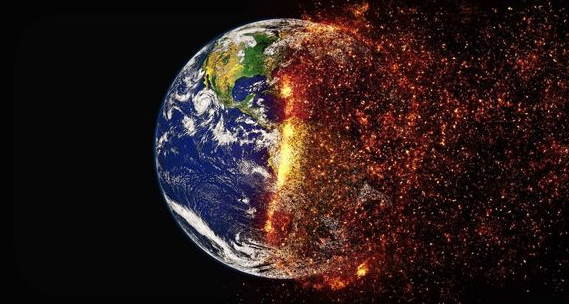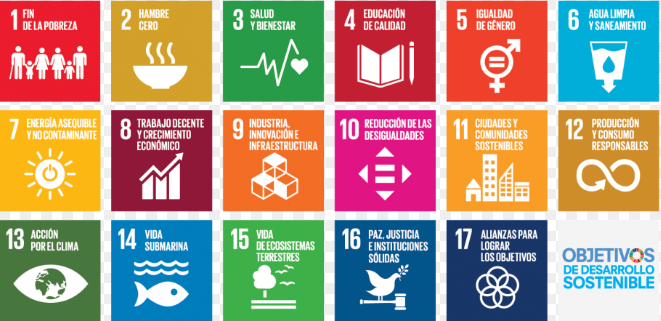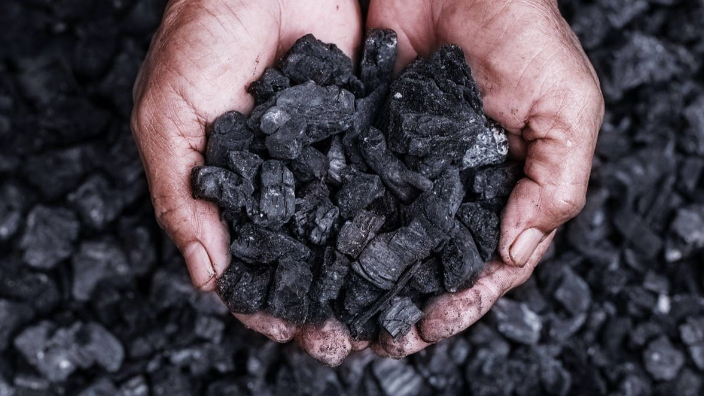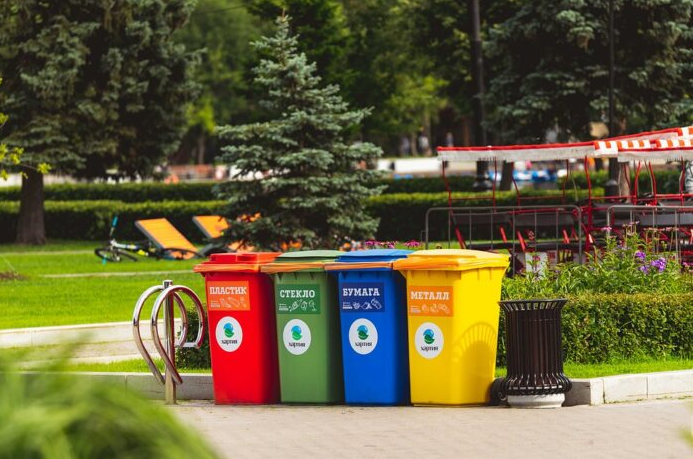The world and climate change: zero emissions or zero hope?

Hello climate change friends! Today we are going to talk about an important topic: net zero emissions pledges and how they affect our climate goals. So get ready to find out why this is more than just nice words! A recent study brings us worrying news, it turns out that 90% of global promises of net greenhouse gas emissions have very little confidence that they will be fully fulfilled. Oops! The scientists suggest that nations should make their targets legally binding and back them up with long-term plans and short-term implementation policies. Why? Because that increases the likelihood of avoiding the worst impacts of climate change, if we don’t take serious action, hot times are ahead!
The head of the research, Professor Joeri Rogelj of the Grantham Institute at Imperial, tells us that moving from setting goals to meeting them is what we need to do, but surprise! Most countries are not inspiring much confidence that they will deliver on their promises. Oh, no! We are on a path of high climate risk, and a secure future is far from guaranteed. Now, let’s talk about the famous goals of the Paris Agreement. Remember that about keeping warming below 2°C? Well, to achieve that, we need to reach net zero emissions as soon as possible. What does that mean? That the remaining emissions must be offset in some effective way. Not one more gram of evil gases!

Most countries have already set net-zero emissions targets, which are like action plans to curb warming. If all countries comply to the letter, we have a chance to keep warming between 1.5 and 2°C. But if we just continue with current policies without implementing net zero emissions pledges, predictions are that temperatures could rise by as much as 2.5-3 degrees C by the year 2100. Now that’s hot!
To reduce uncertainty, the researchers assessed confidence in the implementation of these policies, reviewing 35 net-zero emissions targets in different countries. And, oh, surprise! Most of them do not inspire much confidence. Only a few countries such as the European Union, the United Kingdom and New Zealand scored highly, but China and the US, which together are responsible for more than 35% of current emissions, are not in the best position.


Based on these assessments, the scientists modeled five scenarios for future emissions and temperatures. From the most conservative to the most indulgent. And what did they find? Well, the most optimistic scenario leaves us with a median estimate of 1.7°C of warming, but to achieve that, we need to implement all the policies and deliver on all the plans. However, with so many policies at the low-trust end, this could just be wishful thinking without extra effort. So what can we do? We need more countries to legally commit to the goals and back those words with concrete action, plus we need to have clear implementation plans for different sectors, telling us exactly what changes we need to make and who is responsible for making them.





Responses